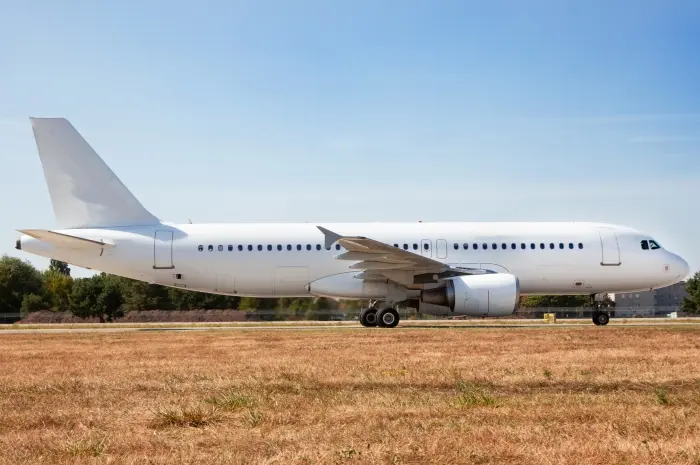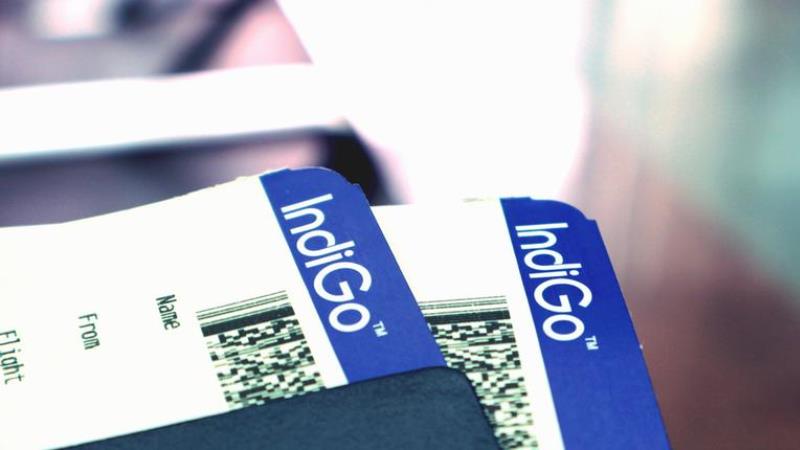Have you ever noticed that most airplanes flying in the skies are painted white? This common sight raises an interesting question: why are airplanes predominantly painted white?
While it might seem like a simple design choice, the reasons behind this color preference are multifaceted, combining practical, economic, and safety considerations.
Understanding the rationale behind this widespread practice sheds light on the complexities of the aviation industry and the careful planning that goes into every aspect of aircraft design and maintenance.
Why Airplanes Are Predominantly Painted White
Airlines and aircraft manufacturers have long favored white as the primary color for their fleets, and this choice is far from arbitrary.
From enhancing safety and improving operational efficiency to reducing costs and environmental impact, painting airplanes white serves several crucial purposes.
In this article, we will explore the various factors that make white the dominant color in aviation, revealing the practical benefits that this seemingly straightforward choice provides.
Temperature Control and Heat Reflection
One of the primary reasons airplanes are predominantly painted white is due to the color’s ability to reflect sunlight.
White paint reflects the majority of the sun’s rays, preventing the aircraft from absorbing excessive heat.
This reflective property helps keep the airplane’s surface temperature lower, which is particularly important when the plane is on the ground.
By maintaining a cooler exterior, airlines can reduce the load on the air conditioning systems, thereby improving fuel efficiency and passenger comfort.
Structural Integrity and Fatigue Detection
White paint plays a significant role in maintaining the structural integrity of an aircraft.
The bright color makes it easier for maintenance crews to spot cracks, dents, and other forms of surface damage that could compromise the safety of the plane.
Early detection of such issues is crucial for preventing potential accidents. Additionally, white paint shows dirt, oil leaks, and corrosion more readily, allowing for prompt cleaning and repairs.
This visibility is essential for ensuring the aircraft remains in optimal condition.
Cost-Effectiveness
Another key reason airplanes are predominantly painted white is the cost-effectiveness of this choice.
White paint is typically less expensive than colored alternatives and requires fewer coats to achieve the desired finish.
Moreover, white paint tends to fade and discolor less noticeably over time compared to darker colors, which can save airlines money on repainting and maintenance.
The lighter color also reduces the overall weight of the paint, contributing to better fuel efficiency and lower operational costs.
Thermal Expansion and Material Longevity

The impact of thermal expansion on an aircraft’s materials is another consideration.
Since white paint reflects sunlight and keeps the aircraft cooler, it minimizes the thermal expansion and contraction of the aircraft’s surface materials.
This stability helps extend the lifespan of the aircraft’s components, reducing the frequency and cost of repairs and replacements.
By mitigating the effects of temperature fluctuations, white paint helps preserve the integrity and durability of the airplane.
Branding and Visibility
While white is the predominant color for practical reasons, it also serves as a blank canvas for branding and visibility.
Airlines can easily apply their logos, branding elements, and liveries on a white background, making their planes recognizable and promoting their brand identity.
Additionally, white airplanes are more visible against the blue sky and during nighttime operations, enhancing safety by making the aircraft easier to spot by other pilots and air traffic controllers.
Environmental Considerations
In recent years, environmental concerns have also influenced the choice of white paint for airplanes.
The reflective properties of white paint help reduce the need for excessive cooling on the ground, which in turn lowers fuel consumption and greenhouse gas emissions.
By improving fuel efficiency and reducing the environmental footprint, painting airplanes white aligns with the aviation industry’s efforts to adopt more sustainable practices.
Conclusion
The choice to paint airplanes predominantly white is rooted in a combination of practical, economic, and safety considerations.
From reflecting sunlight and enhancing temperature control to facilitating maintenance and reducing costs, white paint offers numerous benefits that make it the preferred choice for the aviation industry.
Understanding these factors highlights the careful planning and attention to detail that go into ensuring the safety, efficiency, and sustainability of modern air travel.
So, the next time you look up and see a white airplane soaring through the sky, you’ll know there’s more to that color choice than meets the eye.







